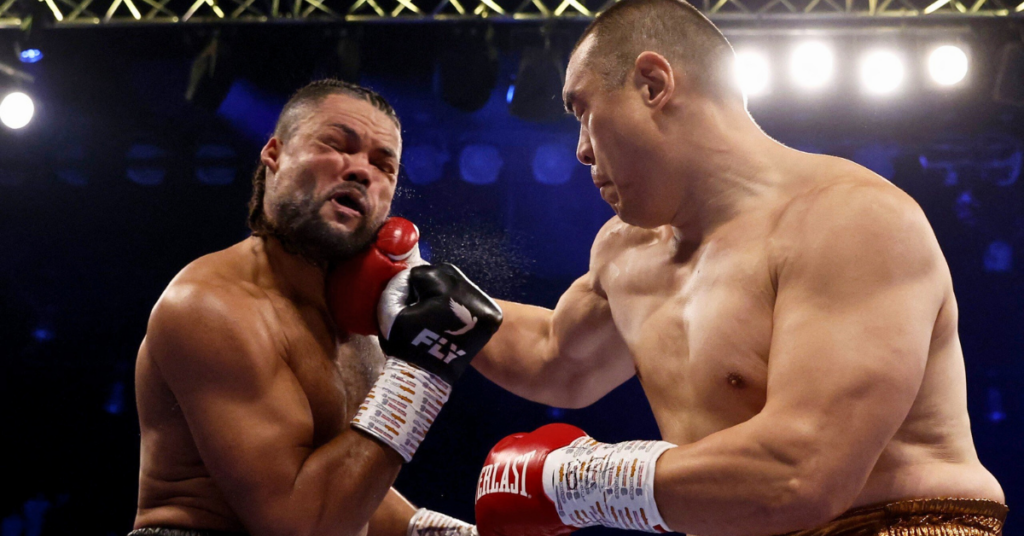Muay Thai Fundamentals: Footwork and Guard

In combat sports, a fighter’s stance is modified to enhance their attacking capabilities while negating those of an opponent.
While the philosophy of boxing is to “hit and not get hit,” you can be certain that this doesn’t exactly apply to Muay Thai. You will be hit, but it is up to you to ensure how effective and damaging these shots are. As we have previously covered in our Understanding Muay Thai Styles articles, you cannot simply prepare for a Nak Muay: not all opponents will fight in the same style.
Perhaps you are preparing for battle against a Muay Mat or a Muay Femur. You may even be an absolute novice of Muay Thai. Regardless, this article will explain what you need to know about the importance of footwork and the guard in Muay Thai.
Perfecting Your Footwork
Thailand’s national sport requires elite fighters to have impeccable balance. This balance must be maintained when moving forward, backward, sideways, and even when you don’t have a say in what direction you are traveling. Yes, that means getting hit. Hard. As such, fighters will perfect their footwork with a series of drills which are designed to keep them as mobile inside the ropes as possible.
The golden rule when it comes to Muay Thai is to never cross your feet. This will have the unwanted effect of depriving you of your balance, which will make you an easier target to penetrate. There are a number of stances most fighters will adopt according to their style, and we have covered these in the Muay Thai Fundamentals: Know Your Stances guide. We would strongly recommend studying each one.
In order to navigate inside the ropes, you must always follow your lead leg in steps. Your rear leg should shuffle behind your lead leg, and you must maintain the right posture in order to keep yourself protected at all times.
Keep Your Guard Up

Dear reader, this is your guard. Guard, this is the reader.
Get acquainted with your guard from the outset. This is your best friend inside the ropes and the one thing separating you from an opponent in range to strike. Given that there are a significant number of ways a Nak Muay can inflict damage, it goes without saying that you should never underestimate its importance. There is only one Saenchai, remember.
In order to set your guard, you will need to get into stance. Your stance is determined by the stronger side of your body. If you are fighting orthodox, your left leg will be your lead leg and your right leg your rear. As such, your rear leg will sit a step back from your lead leg.
When drawing your guard, move both arms up with your fists at eye-level. Keep your chin down towards your chest. Practice this posture and moving around with your guard. Remember to always keep your hands up, and to keep your non-striking fist guarding your chin when you throw a punch or elbow. Ensure you drill this several times a day with shadow boxing or movement training.
Blocking

You will find that there are numerous ways to defend yourself in Muay Thai. Everyone must start from the bottom, however, so let’s break down the basics.
The most fundamental form of defending yourself from strikes is to use your fists and forearms to block punches. You should lift both in front of your face so as to create a wall between your opponent’s strikes and that pretty grill of yours. Although this is the most straightforward form of blocking shots, don’t let that fool you. No one has ever invented a better alternative to a pillow.
There will be times when you must rest against the ropes and withstand the barrage of punches and elbows your opponent is intent on dishing out. Always ensure that you are defending yourself adequately, by keeping your hands on your head.
Checks

In Muay Thai, it is of vital importance that you know how to defend against leg kicks. Failing to take this seriously will, well… put it this way: your legs will never forgive you, and nor should they.
A check is a name for defending kicks commonly thrown to the legs, but sometimes the torso. When an opponent strikes, the idea is to lift your shin up to block their shot. Failing to do so will be advertising free shots to your legs all night, which will result in your mobility being neutralized and your effectiveness inside the ropes destroyed.
Checking kicks is an essential part of your Muay Thai training and will, over time, become something which becomes easier to do. As you should be strengthening your shins when competing in this sport, you will find that technique also comes into play. Always ensure that you lift your leg in a 90-degree angle, with your foot pointing forward.
Drills, Drills, Drills

In order to ensure you are comfortable with all of the above, ensure you are putting the theory into practice at the gym. Not all of the defensive techniques you will need in Muay Thai will need to be drilled with training partners, but eventually, this will be essential. Drills will ensure that you are combining progress with muscle memory, meaning that all of these things will be second nature one day if you apply yourself sufficiently.






